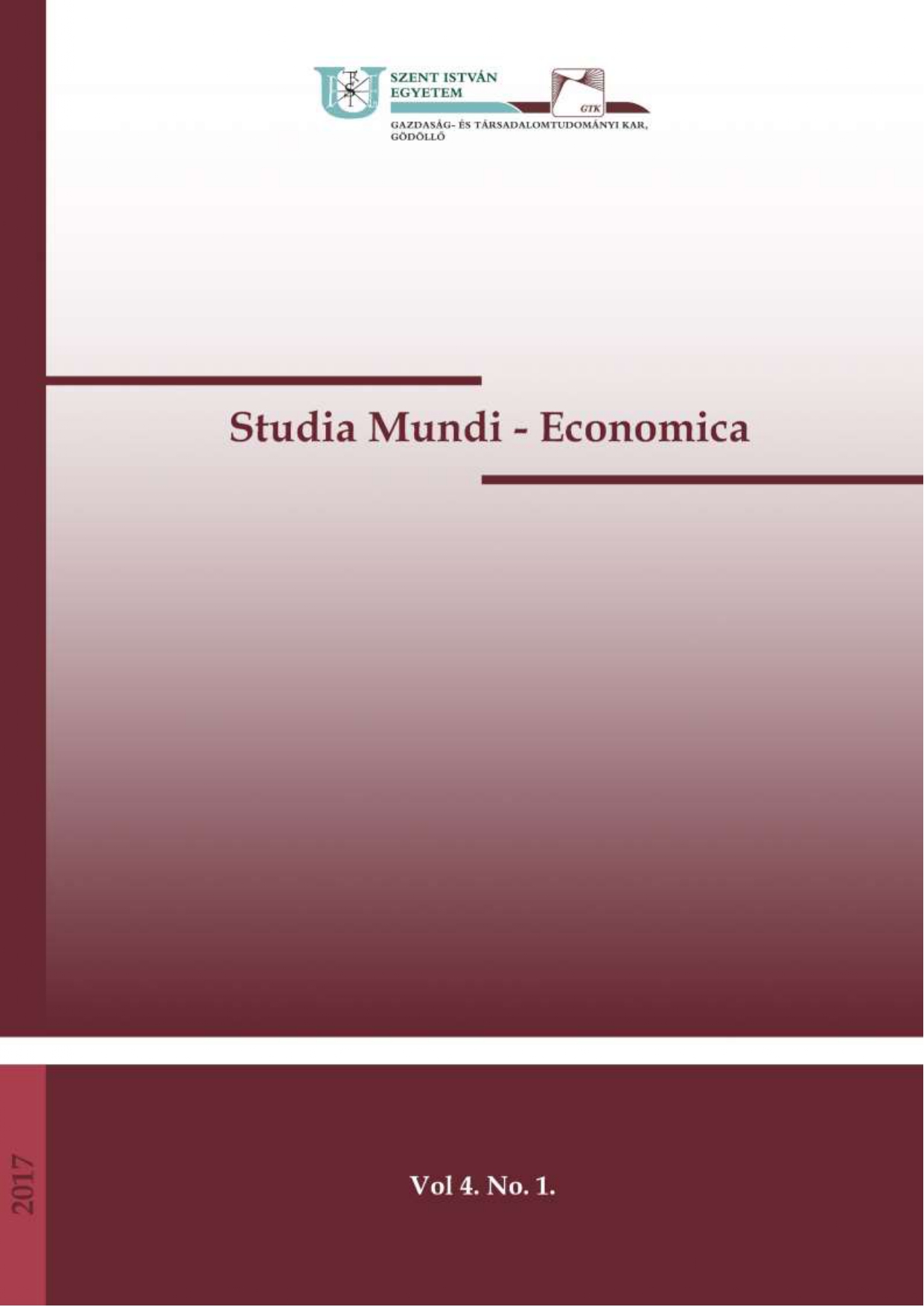The evolution of gamification and the change of the hungarian gamification trend
DOI:
https://doi.org/10.18531/Studia.Mundi.2017.04.01.57-68Keywords:
gamifikáció, játékosítás, motiváció, fogyasztói elköteleződésAbstract
There are several international examples for successful gamified marketing. In Hungary people are just recognizing the new trend now. This study has the goal to familiarize the develop and the method of the gamification’s psychological and professional background; analyses the international and Hungarian trends and mesures the awareness of gamification in Hungary. The study doesn't have the goal to verify with experiments of the effects caused by gamification. That would be necessary to make further research.
References
Huizinga, J. (1949): Homo Ludens – A study of the play element in culture, London, Boston and Henley: Routledge & Kegan Paul, ISBN: 0 7100 0578 4 p1-27
Millar, S. (1968): The psychology of play, Harmondsworth, Middlesex, England: Penguin Books Ldt.,ISBN-10: 0140209743 p113-176
Inhelder B., Piaget, J (1967.): The child conception of space, London: Routledge & Kegan Paul, ISBN-10: 0393004082/ ISBN-13: 9780393004083
Sebestyén, P. (2009-2010) A játék pszichológiája és módszertana, http://www.bodpetertk.ro/konyvtar/konyvtar20092010/SEM2/TAV3/A_jatek_pszichologiaja_es_modszertana.doc, 2017.02.18. p9-12
McClelland, D. C. (1961), The Achieving Society, Princeton, NJ: D.Van Nostrand Co., ISBN-13: 978-1891396397
Harlow, H. F. (1959) „Love in Infant Monkeys”, Scientific American, 200., p68, p70, p72-73, p74.
Mózes T., Magyaródi T., Soltész P., Nagy H., Oláh A. (2012), ,,A Flow-élmény operacionalizálásának útjai”, Magyar Pszichológiai Szemle, 67.1, ISSN: 0025-0279 , DOI: http://dx.doi.org/10.1556/mpszle.67.2012.1.5. p57-76.
Pink, D. H (2009): Drive - The Surprising Truth About What Motivates Us,Edinburgh, London, New York, Melbourne: Riverhead Hardcover, ISBN:978-1594488849
Csíkszentmihályi, M. (1997): Flow, Budapest, Akadémiai Kiadó, ISBN: 9630577704 http://osono.ro/uploaded/files/file_954a04a7eb.pdf 2017.04.17. p66
Anonymus(2015): „Dosszié”, HVG Business, 2015/02, p16-19.
Krogue, K. (2012): 5 Gamification Rules From The Grandfather Of Gamification http://www.forbes.com/sites/kenkrogue/2012/09/18/5-gamification-rules-from-the-grandfather-of-gamification/#7ed5bd296d38 2017.02.27
Zichermann G., Linder J. (2013), The Gamification Revolution: How Leaders Leverage Game Mechanics to Crush the Competition, New York, Chicago, Lisbon, San Fransisco, London, Madrid, Mexico City, Milan, New Delhi, San Juan, Seoul, Singapore, Sydney, Toronto, McGraw Hill Professional, ISBN: 9780071808316, p14
Kömlődi, F (2015), Játszani is engedd! http://www.itbusiness.hu/Fooldal/main_flash_banner/Jatszani_is_engedd.html 2017.02.11
Finch, C. (2015), Using Gamification 2.0 to Improve Your Business’s Productivity, https://smallbiztrends.com/2015/03/gamification-2-0-design-clutter.html 2017.02.27
Gartner: Gartner Hype Cyclehttp://www.gartner.com/technology/research/methodologies/hype-cycle.jsp 2017.02.27
Burke, B. (2012), The Gamification of Business, https://www.forbes.com/sites/gartnergroup/2013/01/21/the-gamification-of- business/#63c0ebc14dc2 2017.03.09
Downloads
Published
Issue
Section
License
Copyright (c) 2017 Pacsi Diána, Szabó Zoltán

This work is licensed under a Creative Commons Attribution-NonCommercial-NoDerivatives 4.0 International License.
A folyóirat Open Access (Gold). Cikkeire a Creative Commons 4.0 standard licenc alábbi típusa vonatkozik: CC-BY-NC-ND-4.0. Ennek értelmében a mű szabadon másolható, terjeszthető, bemutatható és előadható, azonban nem használható fel kereskedelmi célokra (NC), továbbá nem módosítható és nem készíthető belőle átdolgozás, származékos mű (ND). A licenc alapján a szerző vagy a jogosult által meghatározott módon fel kell tüntetni a szerző nevét és a szerzői mű címét (BY).






